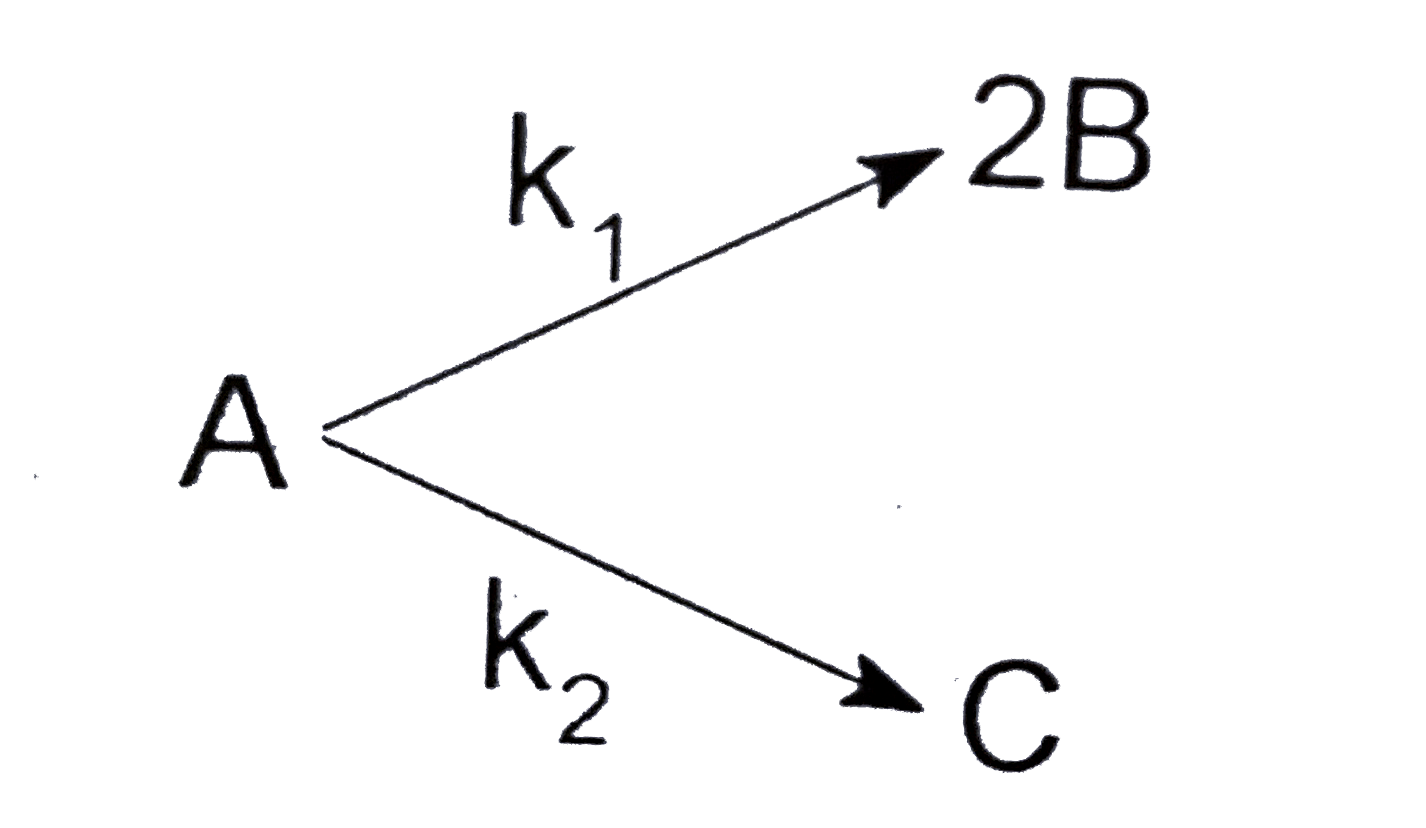Which of the following is a first order reaction:
NH5NO2(s)→N2+2H2O
2HI→H2+I2
2NO2→2NO+O2
2NO+O2→2NO2
The correct Answer is:A
To determine which of the given options is a first order reaction, we need to understand the concept of reaction order in chemical kinetics. The order of a reaction is defined as the sum of the powers of the concentration terms in the rate law expression. A first order reaction is characterized by the fact that the rate of reaction is directly proportional to the concentration of one reactant.
1. Understand Reaction Order:
- The order of a reaction indicates how the rate of the reaction depends on the concentration of the reactants. A first order reaction means that the rate is proportional to the concentration of one reactant.
2. Analyze Each Option:
- We need to check each option provided to see how many reactant molecules are involved in the rate-determining step of the reaction.
3. Evaluate Option A:
- If option A has only one reactant molecule, it indicates that the rate of the reaction is dependent on the concentration of this single reactant. Therefore, this is a first order reaction.
4. Evaluate Option B:
- If option B has two reactant molecules, the rate of reaction would depend on the concentration of both reactants. This indicates a higher order than first order, likely second order.
5. Evaluate Option C:
- Similar to option B, if option C also has two reactant molecules, it is not a first order reaction.
6. Evaluate Option D:
- If option D has two or more reactant molecules, it also indicates that the reaction is not first order.
7. Conclusion:
- After evaluating all options, we find that only option A corresponds to a first order reaction since it involves only one reactant molecule.
Final Answer:
The correct option that represents a first order reaction is Option A.
---
- The order of a reaction indicates how the rate of the reaction depends on the concentration of the reactants. A first order reaction means that the rate is proportional to the concentration of one reactant.
- We need to check each option provided to see how many reactant molecules are involved in the rate-determining step of the reaction.
- If option A has only one reactant molecule, it indicates that the rate of the reaction is dependent on the concentration of this single reactant. Therefore, this is a first order reaction.
- If option B has two reactant molecules, the rate of reaction would depend on the concentration of both reactants. This indicates a higher order than first order, likely second order.
- Similar to option B, if option C also has two reactant molecules, it is not a first order reaction.
- If option D has two or more reactant molecules, it also indicates that the reaction is not first order.
- After evaluating all options, we find that only option A corresponds to a first order reaction since it involves only one reactant molecule.
The correct option that represents a first order reaction is Option A.
Similar Questions
Knowledge Check
Which of the following is an example of a fractional order reaction?
ANH4NO2→N2+2H2OBNO+O3→NO2+O2C2NO+Br2→2NOBrDCH3CHO→CH4+CO
For the following elementary first order reaction:

If k2=2k1, then % of B in overall product is:
View SolutionWhich of the following is correct for a first order reaction ?
View SolutionWhich of the following is (are) not correct for a first order reaction?
View SolutionWhich of the following isomerization reactions is/are of the first order?
View SolutionFor the first order reaction,
View SolutionWhich of the following expresison is correct for first order reaction (c0 refers to initial concentration of reactant)
View SolutionWhich of the following is correct for zero and first order reactions respectively, where 'a' is initial concentration of the reactant ?
View Solution